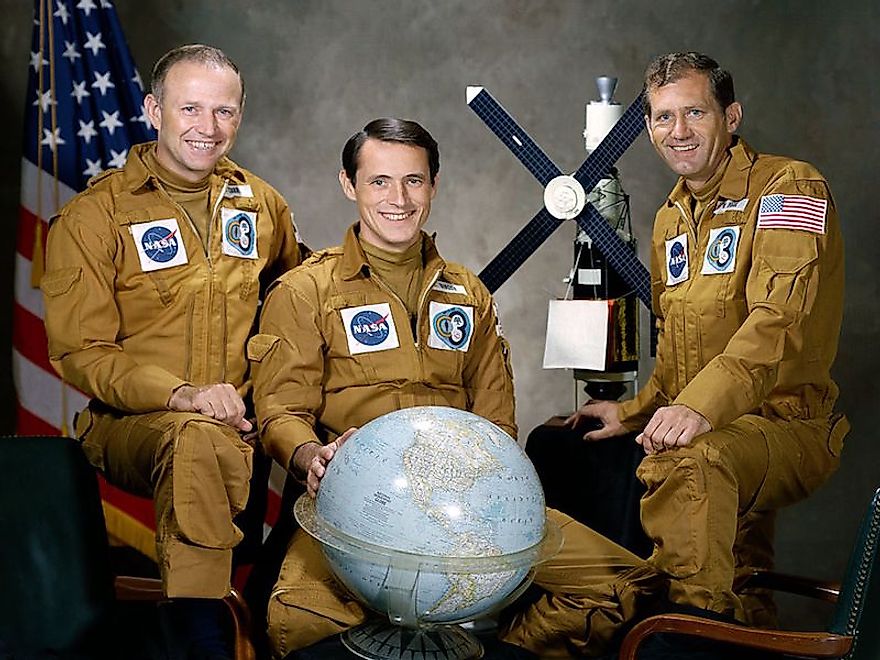The Skylab Strike: Mutiny in Space

Skylab Mutiny was a day-long conspiracy held by the Skylab 4 crew against the NASA Mission Control on December 28, 1974. The three crew members involved in the mutiny included Gerald P Garr, Edward G Gibson, and William R Pogue. The three were expected to work for more than 6,000 hours during their tenure in the station with their work including unloading, organizing, and storing hundreds of objects that were needed for their projects. With the feeling of being overworked, the three switched off radio communications with NASA on the ground station for a whole day and spent the day relaxing and observing the earth before resuming the communication with NASA. Once communication resumed, the crew had discussions with NASA, and the Skylab 4 mission continued for several more weeks.
Background Of The Mutiny
Skylab 4 was the longest mission of the three missions, running for 84 days. Skylab 4 was the last manned Skylab mission which was accompanied by a crew of three rookies. The mission that was launched on November 16, 1973, lasted 84 days tallying 6,051 astronaut-utilization hours and performed scientific experiments in medical areas, solar observation, and other experiments. All the crew members had problems adjusting to the workload level than their predecessors due to them being the rookie. They became exhausted and more troubled each passing day, falling seriously behind schedule. They also complained that NASA was pushing them so hard increasing their stress and making it difficult for them to carry out their activities. However, the mission control on the ground did not agree with the crew and accused them of needless complaining.
The Mutiny
The crew was increasingly bothered by the by having every hour of the mission scheduled. Six weeks into the mission the crew hit their breaking point. On December 28, 1973, the crew announced their mutiny, turned off the radio, and began their unscheduled vacation. They spent the day relaxing and pursuing objects of their interest with Gibson spending the day on the Skylab console solar while Carr and Pogue spent their time in the wardroom looking through the window. The ground crew, on the other hand, could not do anything but fume impotently.
Effects Of The Mutiny
When Skylab 4 came back online, NASA was more willing to talk with the crew for the sake of the progress of the mission. The crew was allowed full rest and meal breaks while the minute by minute schedule was replaced by a list of tasks to be completed leaving it upon the crew to manage its time. The crew was satisfied with the reduced workload, and their performance improved. The interspace relations improved until the end of the mission in February. The crew had completed even more work than NASA had planned for before the launch of Skylab 4. Although the mission was completed, none of the astronauts were ever chosen for another mission to space. The lessons learned NASA from the mutiny focused on balancing the crew’s workload with their psychology and stress levels. The Skylab 4 became known for the mutiny but also a large amount of work that was accomplished during the mission.











